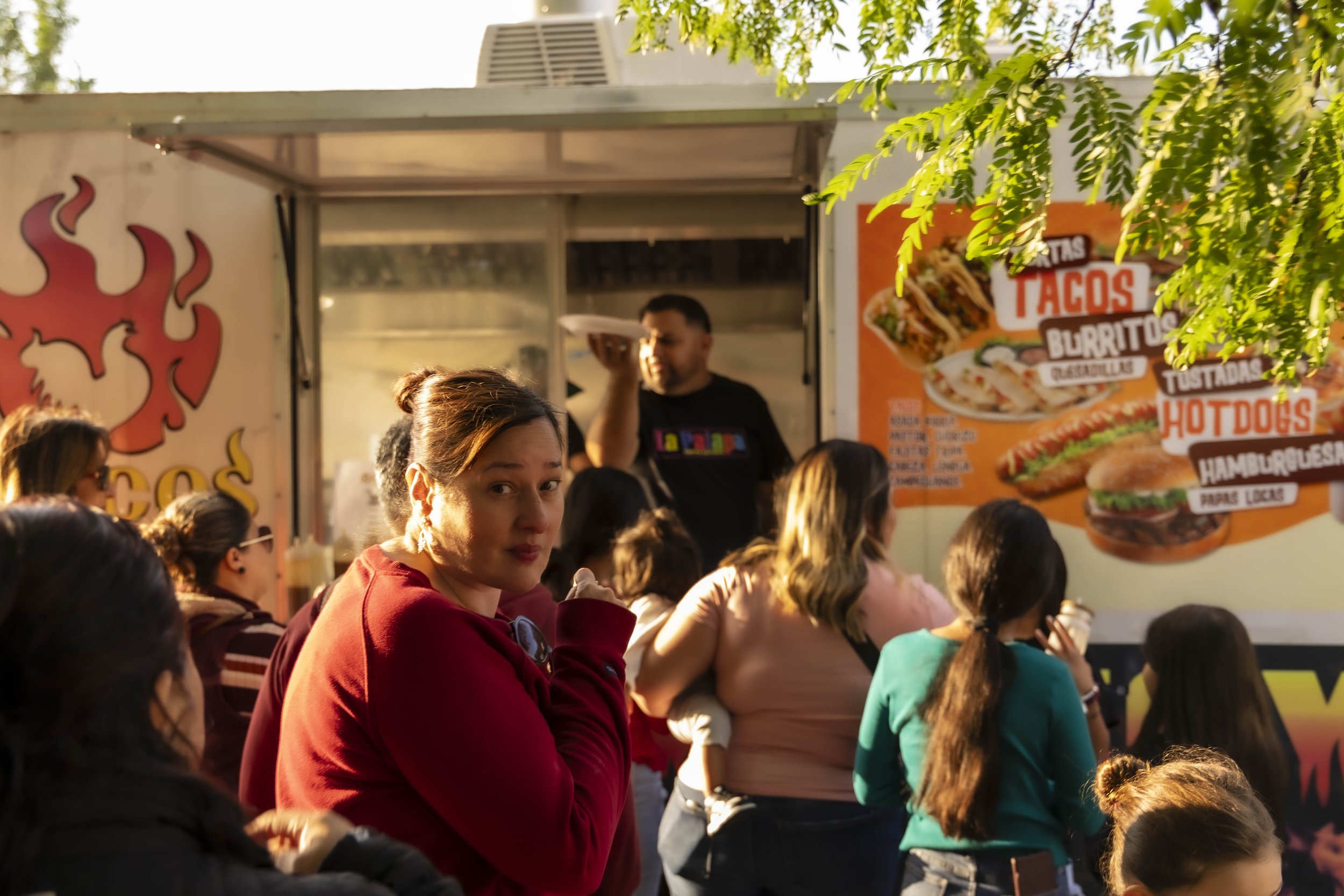
LIVING ARTS BLOG
Harnessing Personal Power through Dance
On Saturday November 16, seven of the nine Youth Dance Ensemble dancers joined their mentor/instructors Miryam Johnson and Penny Godboldo, along with Living Arts’ Director of Programs, Erika Villarreal Bunce and Dance Program Director, Marianne Cox over Lebanese food and conversation.
Reflections on Sofrito of Cultures
For three weeks, students of Living Arts' Youth Dance Ensemble studied under visionary master teachers Madame Penny Godboldo, Chi Amen Ra and Ozzie Rivera to understand the cultural connection between Black American and Afro Latinx communities (The African Diaspora). As the Living Arts Teaching Artist brought in on this project, I was honored to even be in the room with these incredibly decorated artists that I'd heard about for years. The importance of using dance as the catalyst to discuss these connections is a conversation I've had many times with various students, parents and fellow teachers. In Afrocentric and Indigenous culture dance is often used as an archive.
Living Arts Dancers to Perform Sofrito of Cultures with Penny Godboldo at the Wright Museum
Living Arts’ Youth Dance Ensemble, under the direction of Master Teacher and Dance Artist Penny Godboldo and Living Arts’ Teaching Artist Miryam Johnson, with musical accompaniment by Chinelo "Chi" Amen-Ra and Ozvaldo "Ozzie" Rivera, will present a free community performance graciously hosted by the Charles H. Wright Museum of African American History on August 8, 2019 from 6:00pm - 9:00pm.
Living Arts Launches Sofrito of Cultures with Penny Godboldo
This summer, Living Arts will launch a two-week dance intensive, Sofrito of Cultures. Lead by Master Teacher and Dance Artist Penny Godboldo and Living Arts’ Teaching Artist Miriyam Johnson, 12 participants will engage in five hours of daily training from July 22-August 2 in the Dunham Technique of dance, which blends European ballet, modern, jazz, and classical African movement.
